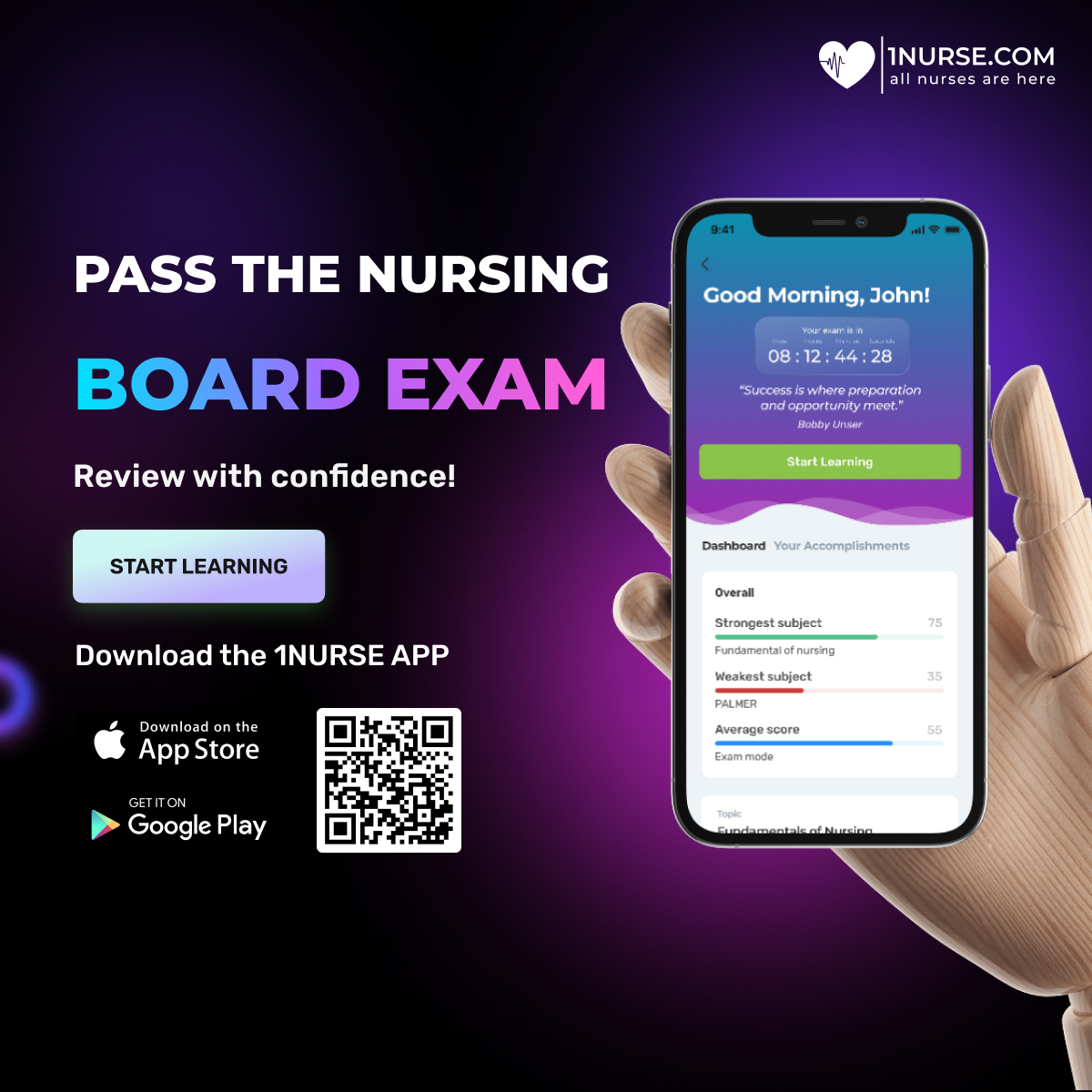Despite advancements in technology and care practices in the health profession, medical errors are still a possibility. These errors can range from administering the incorrect prescription to miscommunications. It can result in insufficient therapy, posing liability problems for nurses. Committing an error in medication administration can have long-term or even fatal implications for patients. Despite these obstacles, nurses frequently have opportunities to avoid mistakes.
Follow the five rights of drug administration
Nurses must verify that the institution's medication transcription policies are followed. It is not enough to just give the prescription as prescribed. It's also important to make sure the right prescription is prescribed. Check that it will be given to the correct patient, in the correct dosage. Check the correct route of administration. And also the appropriate time the medication should be given. This is referred to as the five rights.
Procedures should be double-checked.
All new orders are examined by another nurse on the same shift or an incoming shift. This guarantees that each patient's order is properly noted and transcribed on the physician's order and that the physician's order is accurate. the drug administration record (MAR) or treatment administration record. Some institutions use a chart flagging system to identify charts with new orders that need to be verified.
Keep a record of everything.
Proper drug labeling and clear recording on charts or medication administration records are examples of proper documentation. An error can occur due to a lack of sufficient documentation. For example, if a nurse forgets to record a dosage for an as-needed drug, another nurse may administer a second dose because no record of the previous dose exists.
Ensure that drugs are stored properly to ensure their potency.
Medication that should be kept refrigerated must be maintained chilled to maintain potency. Medications that must be maintained at room temperature must also be stored in this manner. Most medications require refrigeration, and if a multidose vial is used, it must be clearly labeled to ensure that it is not used after its expiration date.
Keep a drug reference handbook on hand.
Whether you prefer print or electronic, both are equally valuable in providing important information on most categories of medication, such as generic names, therapeutic class, drug-to-drug interactions, dosing, nursing considerations, side effects/adverse reactions, and drug cautionary.
Patient Education
Nurses who explain to patients how to take their prescriptions, such as whether to take them on an empty stomach or at specific intervals, can improve medication adherence and drug safety in their patients. Determine the most effective method for educating your patients. Patients, for example, prefer not to learn about their medications through written teaching materials. Patients would rather receive a video link from their clinician that explains the drug protocol.
Examine your medications.
At the start of a nurse's shift, compare the medication administration record and the patient record; determine the rationale for each prescription drug, and urge that physicians revise orders when incorrect abbreviations are used are all key strategies.
Nurses play an important role in the medication administration process. They can prevent medication errors by being cautious always. It's critical to take the time necessary to ensure patient safety and to keep distractions to a minimum throughout the procedure. Hope these tips may assist you in avoiding medication mishaps.
Find healthcare jobs here: https://jobs.1nurse.com/
Download the App: https://www.1nurse.com/download-qr/









